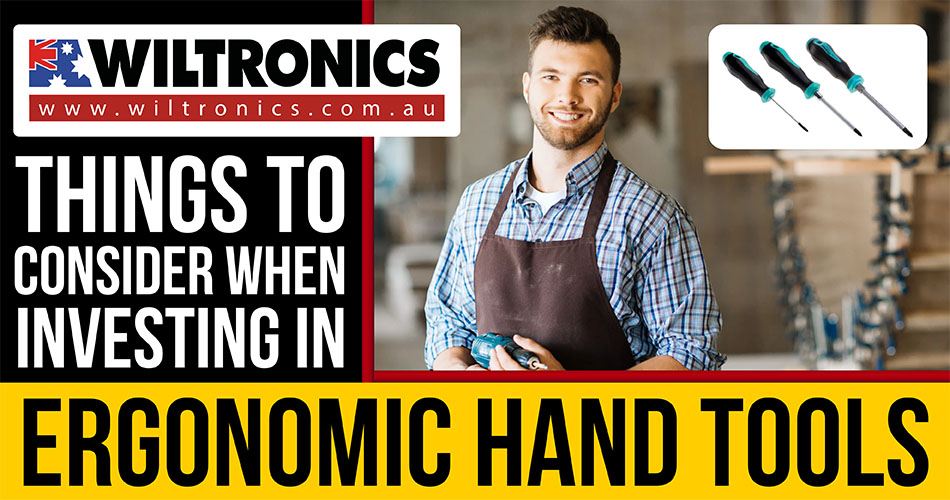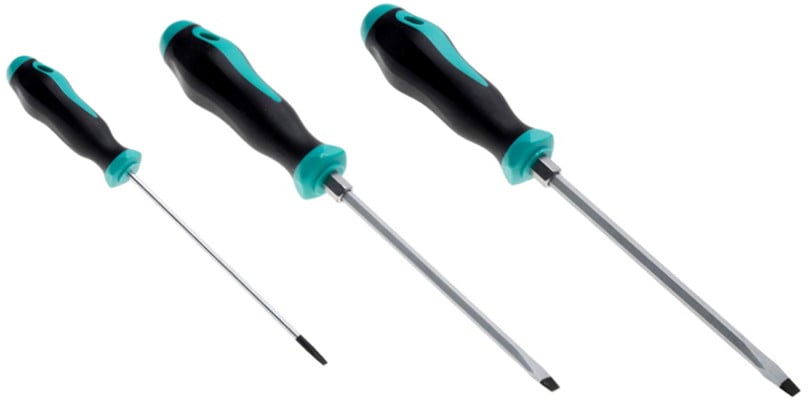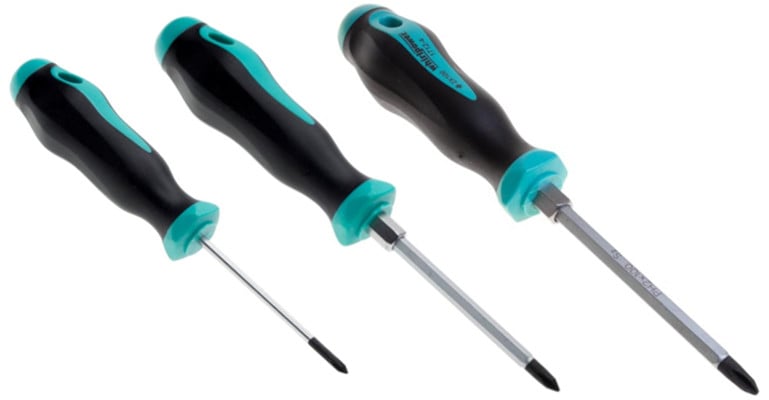Things to Consider When Investing in Ergonomic Hand Tools
January 30, 2023

The next time you shop ‘DIY quick fixes and building’ equipment, go for ergonomic hand tools!
When getting new hardware tools, many consider performance, durability and price for features. Some include brand reputation, and this is often the case for beginners.
Those qualities are promising, for sure – but something is missing: ergonomics. Whether a hand or power tool, an ergonomically enhanced unit is a turning point in efficiency. It is a feature one must always consider.
Read on and have a look at what makes up an ergonomical design and how to choose the perfect ergonomic hand tools.
Ergonomic Hand Tools
Today’s hand tools have a wide range of designs, offering more convenience to end users. One of them is ergonomics, which has increased emphasis not only on quality but also on safety and health.
What sets ergonomic hand tools apart from the rest is the configured ‘ergonomic’ grip. The centre of the tool’s gravity is aligned with the gripping hand. This makes it more comfortable to hold in the position intended for use over a longer period.
The design may also feature angled handles, padded hand grips and non-slip coatings. Many even have adjustable qualities to suit different body types.
Using one only requires minimum effort while providing maximum comfort. Engaging in repetitive motions won’t be a concern – the risk of injury is less likely.
One example of an ergonomic hand tool that fits these criteria is those used in woodworking. By adapting to the anatomical features of the human hand, they are less demanding on the body.
Questions to Consider Before Investing in Ergonomic Hand Tools
Before making your purchase, these questions will help you pick out the best product:
- What are the specific task requirements? (i.e. woodworking)
- What will be the tool’s function? (i.e. carving)
- Who will use it? (It could be you, a family member, a friend etc.)
- What is the work surface orientation? (Where will it be used?)
Features to consider
To get the best quality and ergonomic hand tools for whatever use, keep these in mind:
Handle design
Go for a handle design that offers accuracy and control. Consider grip diameter on single-handed tools, such as hammers, wrenches, and screwdrivers. The ideal range is from 6 to 50 mm to prevent tool slippage. For smaller units, 6 to 12 mm will do.
Large diameters, in contrast, let you grip these tools more comfortably. Plus, they reduce pressure on the hands, wrists, and fingers. Perfect for double-handled devices, where grip span is more important.
Snips and cable cutters, for instance, should have a closed grip span of no more than 5 cm. And an open grip span of no more than 7.5 cm.
Besides the grip, bent handles also adhere to the crucial ergonomics of the tool. This feature enables you to exert more force in a straight line.
Tip: Hold your hand palm-up with your fingers closed and your thumb against the side. The handle should be longer than the broadest part of your hand to be safe. This method is effective for ensuring you are getting the perfect handle length.
Tool weight
Tool weight is also a factor, and this varies depending on the job and how it is held. It should allow for a better, more comfortable grip – producing less strain on the hand.
For single-hand tools, it is best to go for more than 1kg. But those used in precision operations should not weigh more than 1kg.
Power hand tools
Many power tools involve frequent movements of the index finger. This poses a risk for tendonitis, also known as trigger finger and trigger thumb. So, when picking a power tool, look for a model with an ergonomic grip design. This ensures the reduction of stress on the hand.
Other features to consider include the following:
- Tool safety. For preventing pain and injury with frequent use of the tool.
- Compatibility. Choose a hand tool with anatomical features. These minimise the effort when working with it. At the same time, it promotes muscle relaxation and prevents hand fatigue.
- Functionality, reliability, and durability. For providing solutions to as many tasks as possible. Plus, high-strength properties and the latest design solutions.
Get Your Ergonomic Hand Tools Here: Screwdrivers
Shop our ergonomic screwdrivers to add to your toolbox soon! Each features a shockproof ergonomic soft inner core and handle.

Pro Grade Slotted Screwdriver
These flat-head screwdrivers have a thick handle for grip, a long, rigid shaft, and a wedge-shaped flat tip. They can fit into the narrow crevices of a flathead fastener.
But this pro-grade unit also has an ergonomic soft rubber handle. Even better, a chrome vanadium shaft with a magnetic tip.
Tip sizes available: 3.2mm, 5mm, and 6mm

Pro Grade Phillips Screwdriver
Designed for the toughest work conditions, this pro-grade Phillips is also ergonomic. It has a cross-shaped head with pointed edges and can fit into the cross slots of a Phillips screw.
Like the slotted unit, it features an ergonomic soft rubber handle. Plus, a chrome vanadium shaft with a magnetic tip.
Tip sizes available: 0, 1, and 2
The Bottom Line
The right ergonomic hand tool will save you time and effort. With such equipment, any DIY quick fixes and building task is up to you. For industrial use, it can minimise workplace hazards and injuries, benefitting the workers.
© Wiltronics Research Pty Ltd 2023
Write a Comment
You must be logged in to post a comment.